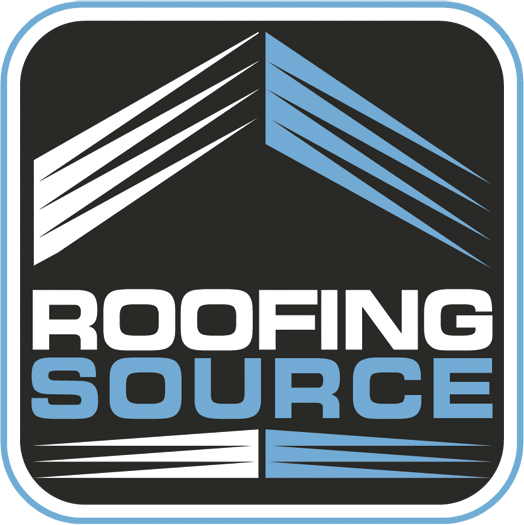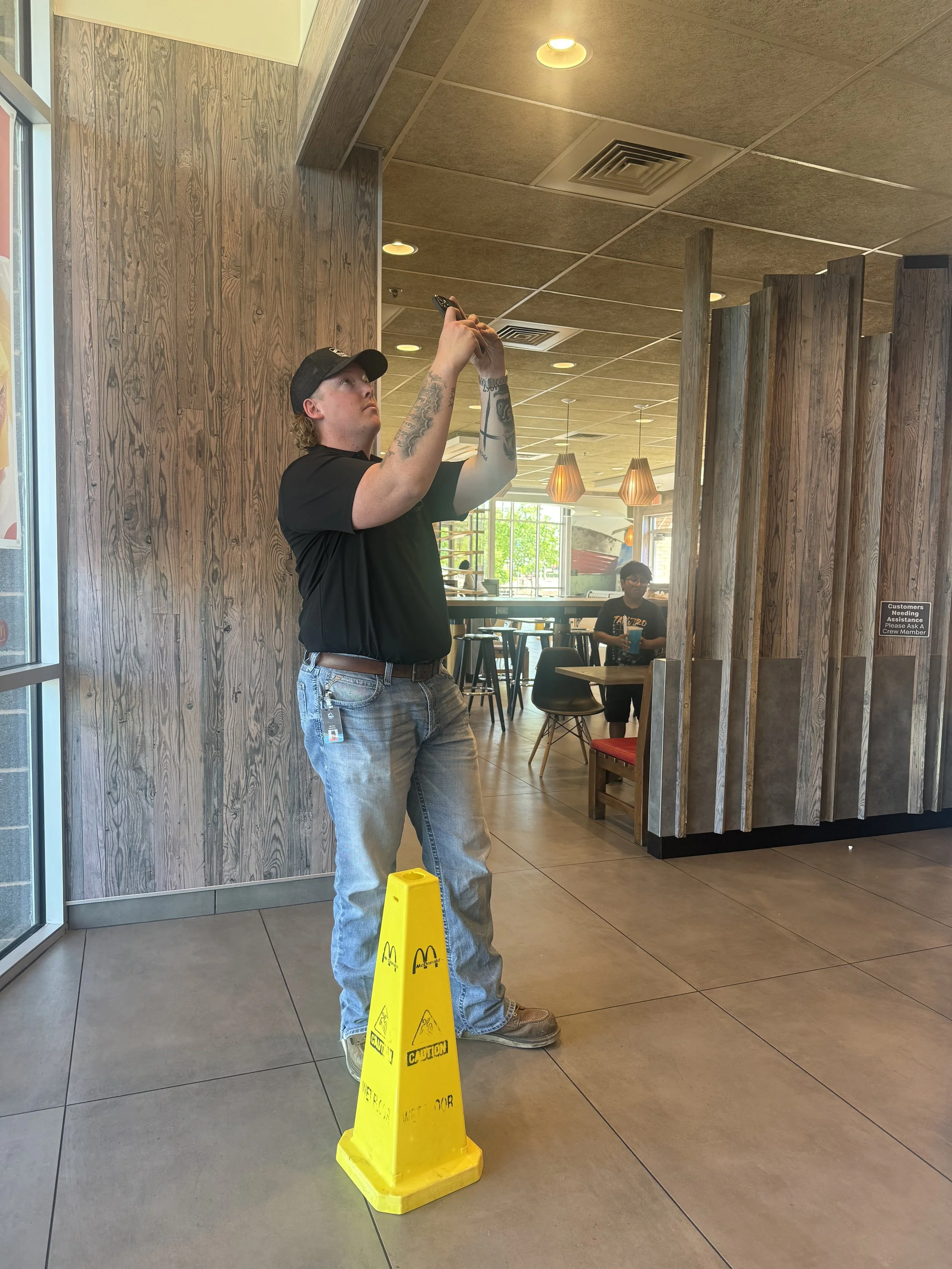Since Spring is a common time for roof leaks, it’s easy to overlook that the best way to prevent springtime issues is taking action before Winter. I have curated a list of easy, quick tips to follow in order to avoid expensive and preventable leaks once Spring rolls around.
Inspect your roof before and after Winter. Fluctuations in temperature cause the roof membrane and the sealants used throughout the roof to expand and contract. Over time, this expansion/contraction can cause defects to form leading to roof leaks. Regularly inspecting the roof before Winter and in Spring can help you catch and prevent issues within your roof system before leaks appear. If your building is somewhere that does not experience the same kind of Winter as in the Northeast or Midwest, for example, there are still benefits of using these times of the year to keep ahead of roof leaks. In the South, Winter and Spring generally mean more rainfall than normal. It is still recommended to use the change of seasons to have your roof inspected. It’s not just temperature changes that can lead to roof defects, so regularly having eyes on your roof will help stop leaks before they have a chance to occur.
Correct damage from snow removal. During Winter, HVAC units and exhaust units still require regular service. If there is snow accumulated on the roof, that may need to be cleared to allow service to occur. During snow removal, the chances of damaging the roof are very high, even if proper precautions are in place. It’s best to ensure that the roof is inspected once all snow/ice has had a chance to thaw.
Make sure all roof drains, scuppers, and gutters are clear and free of defects. Before the first snowfall and freezing temperatures occur, it is best to ensure that roof drains are clear of debris that may impact snow/ice melt from leaving the roof. Roof debris can cause a myriad of issues besides causing water to sit on a roof. There are safety concerns that can occur when water is unable to drain off a roof effectively, so giving your roof the best chance to remove water is a win-win-win.
Inspect your HVAC units. Many times when the A/C is turned on at the start of Spring, building owners think their roof is leaking when it is actually an HVAC issue. The HVAC will leak if the P-Trap is clogged or has dried up over winter. If access panels are not closed properly, they can allow water entry to occur leading to leaks inside the store. Learn how to determine if it is a roof leak or an HVAC issue here.
Diagnose aesthetic vs. structural damage due to the weight of snow and ice on a roof. Either scenario is not ideal for your roof, however, it’s important to diagnose these differences as some structural issues may lead to extensive repairs/replacement if left alone. If there is a sunken area on the roof, it can potentially worsen over Winter due to the added weight of snow and ice buildup. Inspecting areas such as this before Winter and identifying the impact caused by leaving as-is will reduce headaches once Spring comes around.
Written by
Joe Reeder
Client Advisor
joe.reeder@roofingsource.com






